Coal Mine Rotary Dumper
First you mine the coal, then you bring it outside. Now what? Well, you dump it of course. And here’s the building where it happened, so it could then go on to be further processed. There was a number of ways to do it…end dumping was common at smaller operations, but for those larger, a rotary dumper was needed. And it’s one of the latter we’ll be looking at here and explain the operation to the best of our limited abilities. We’re inside a huge building at a mine closed over sixty years ago, that machinery wise is quite intact and we’re itching to tell you about how it all worked.
What we’ll explore is quite dangerous and entry not recommended.
Joining us on this adventure it’s some members of the Monochrome Guild of Edmonton. These guys shoot black and white film often using some pretty ancient cameras which we think is darn cool. You might recognize one of them, a person we hang with often and always have a blast, even if our shooting styles are often quite different. That’d be Rob Pohl. They’re collectively working on a book about coal mining in Alberta and we’re helping. In honour of them we figured b&w for some of our shots would be appropriate. We’re liars…truth is the light sucked with lots of odd coloured reflections ruining the colour balance.
This mine came into production in the 1910s and lasted into the late 1950s. In that time almost fourteen million tonnes of coal came from the hills behind. In modern terms that’d be a real looooong train’s worth, stretching from the entry to a point half way into Ontario. This was “steam” coal used by railways and industry. The seam exploited was said to be five metres thick (pretty good) and like others in the area was sometimes tilted at odd angles. They asked we not share the name of the mine, by the way, even if it’s relatively well know locally, a request we have to honour.
Whether this dumper is original to the operation is not known but old papers suggest no. Originally they may have used a different unloading system. Coal cars used carried perhaps several tonnes each (a guess) and we’re quite tall by underground mine standards in the province (thick seams = good clearances). The dumper was just one part of the coal processing plant. Once emptied the material would be cleaned and sorted and later loaded onto rail car or trucks. It looks as though the cleaning/loading plant (the tipple) was a short distance away and is long gone. Sometimes dumping, processing and loading is done one building but here it seems they used two. Now let’s take a look…
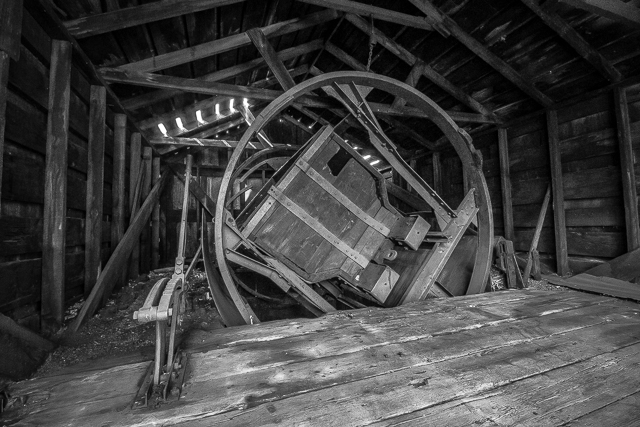
1) At a long closed coal mine.
1) There’s actually two dumpers at the coal mine. Seen here is the much smaller and simpler secondary dump. We’re not sure why there’s a pair of them but this one was clearly low volume. The coal car in place helps demonstrate how it all worked. Simply, a car entered the dumper, gets clamped in, gets spun upside down (or almost) and the contents emptied. How cool is that? Then do it over and over again.
2) Here’s the main dumper and the maze of tracks needed to make it work. We’ll explain their purpose shortly. The building is quite massive and sturdily built. Lots of steel and concrete.
3) Here’s that Rob Pohl fellow – lock up your silverware when he’s about – doing his best Superman impersonation. He’s one of those snooty “film” photographers – you know, “those guys”. The cape actually helps shade the viewing screen so it can be seen better. Here he’s lining up the shot. His camera is about the size of a microwave (some other Guild members use smaller rigs) but is pretty useless at heating a burrito. It takes Rob sometimes tens of minutes to capture a shot…meanwhile, we’ve filled an SD card and are back in town having dinner. Looks like another photographer is facing off with him, in back (me). Draw!
This angle gives you a good overview of the track layout. On exiting the dumper, the now empty cars proceed on a roll-down track, get routed to one of two return tracks and immediately reverse direction at a kickback (that up-hill part). Then it’d be a ride up that incline via a drive chain and it’s back underground. All day long it’d be an endless parade of mine cars coming and going. On a good day, hundreds would be emptied and on a record day something many times that.
4) There’s a lot of track inside the building. Here’s some switch details. That these and the rest of the machinery remains is amazing. Usually everything is scrapped when a mine closes, but that it’s so intact suggests they may have had intentions to keep it at the ready should the operation re-open. There’s still lots of coal in the ground you know. Those long oblong wooden things help guide the wheels on tricky sections of track.
5) At the centre of it all, the rotary dumper. Unlike that earlier one, this one is a pass-through. That is, as a full car enters, an empty one is pushed out the other end. On the smaller one, cars entered and exited on the same side – much less efficient. You can see the two direction changing kickbacks in behind.
6) Here’s were electricity came into the building. Large drive motors kept the whole thing running.
7) This is the control room. From this position, the operator could look out over all the machinery, and direct cars accordingly.
8) This is a drive chain mechanism used to move cars about. Here it lifts them up an incline. Little metal protrusions allow the chain to act on the car pushing it along automatically. The chain is continuous, connected at each end to gears.
9) Where not sure the purpose of what’s seen, but it does speak of the frugality of coal mine operators. Here, they used what ever metal was lying about to build it, mostly old rails but other bits too. It’s how they rolled. As you can see, the building sits atop concrete supports. It’s solid!
10) Some electrical gear and a building that’ll never win a beauty contest. As is the case with most mine buildings, it’s simple, functional and utterly utilitarian.
11) Here we’re directly blow the dumper. Coal would fall through the those repurposed rails acting as a preliminary screen. We could not see what was further below account some debris in the pit below but a conveyor seems likely. Does the big drive wheel tell us machinery was belt driven?
12) Here’s where loaded cars entered the plant. There’s two return tracks for the empties, elevated on either side. Here’s another drive chain (there’s several).
13) At the top of an incline, a close look at the chain, along with a drive gear and machinery that powered it.
14) There’s always rails to be found at old coal mine. And they were not just used by the mine’s own little railway. Some would be used to make odd things, as you’ve seen, where as the most worn would be put to use in the mine as roof supports. There’s lots of metal still underground.
15) Here’s a drive chain at a return track incline. The noise of all those cars moving about and bumping into each other must have been incredible. Then add the dumper itself and deafening would seem an understatement. The set up here is very similar to the lifting hill on a roller coaster. With all the stuff in motion, this would be one dangerous place to be. Even with everything frozen in time, it’s no picnic with trouble at every turn.
16) The very heart of the operation. You can see the clamps that held the car in place when it was spun around. The car wouldn’t go completely upside down, but close, just enough so all the coal slid out. Once done it would be sent on it’s way by a kicker or perhaps the next car to be emptied. No doubt a lot of coal dust was always present in the air. That stuff is bad news for your lungs. So not only would there be all that din, but it’d be filthy too, a thick coating of dust probably clinging to everything. You’d get pretty dirty working here we suspect.
17) From this angle, it doesn’t look so big. Most of the structure is down below the grade, out of view. There would have likely been holding yards here for loads and empties.
18) The oldest rail we’ve seen first hand from 1875, made as Mersey Steel in England. The firm seems to have vanished by the turn of the last century. We’re not sure what the “PWC” after the date refers to. Imagine all the trains that had passed over this very length of rail, over many decades, before finding itself here at a coal mine in the Alberta Rockies. Just think how different the world was when it was manufactured.
19) There’s a large shed just up from the rotary dumper used to protect mine trains exciting the underground workings. It can snow here. And it can blow here. Drifts could theoretically bring the mine to a halt. Those are old core samples scatted below on the ground. Trains would have run down the centre of the building. You can see insulators above that once held the overhead electrical lines that powered the trains. A sulphur spring emerges from the old sealed workings. Sulphur is a component of coal.
20) Old mine cars are scattered about. These were probably ones awaiting repair or scrapping when the operation closed.
21) This is remains of a drag conveyor. Instead of a moving belt, it was a series of chain-connected paddles pushing material in a trough. Drag conveyors offer certain advantages and efficiencies and are often seen in industrial environments especially in the old days before belt conveyors became more common place.
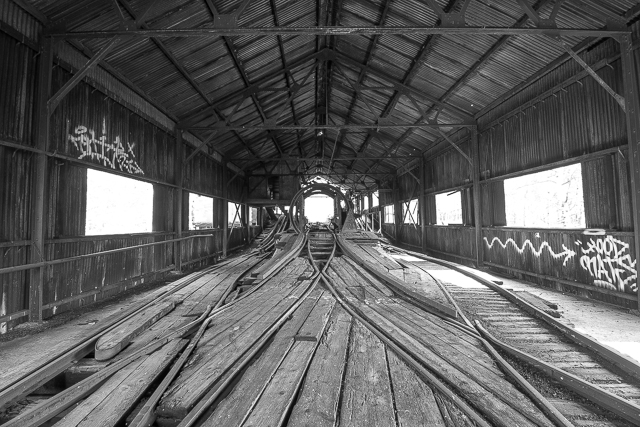
2) There’s a maze of tracks.
22) A broken wheel reminds us of the rigours of mining. The hammering mine cars were subjected to was incredible and a wheel cracking or completely failing is not unheard of. It’s a hard life in the coal mine. Prepare to be beaten, driven hard, and worked to within an inch of your life be you flesh or steel.
Coal dumped would then go on for further processing. Load after load, rinse and repeat ad nasueum till millions of tons have been extracted, a few tons at a time. The machinery, in boom times (so during World War Two for example) would operate twenty four seven. This is heavy industry.
And so the tour comes to an end. The rotary dumper is unique and one of the last of its kind, made doubly interesting in that it’s still intact. The site’s been histrionically recognized but beyond that we know not what the future holds. It’s complicated and the site has seen its fair share of vandalism. The dumper, however, has mostly escaped this, due to its robust construction. Other buildings at the site, and there’s a good number, have not fared so well.
Till next time…
They’re saying…
”Wonderful pictures. Lots of memories. Keep it up!” Richard C Lowe.
More mining history…
Protection Mountain Mine – with one heck of a view.
Upper Workings of the St Eugene – up and up and up.
Stirling Mine – Commander Mine – Nacmine Alberta – old coal mine cars.
If you wish more information on what you’ve seen here, by all means contact us!
Date of Adventure: June 2019.
Location(s): Crowsnest Pass, Alberta.
Article references and thanks: Riversdale Resources Limited, Alberta Energy Regulator.
Team BIGDoer was on site with permission.
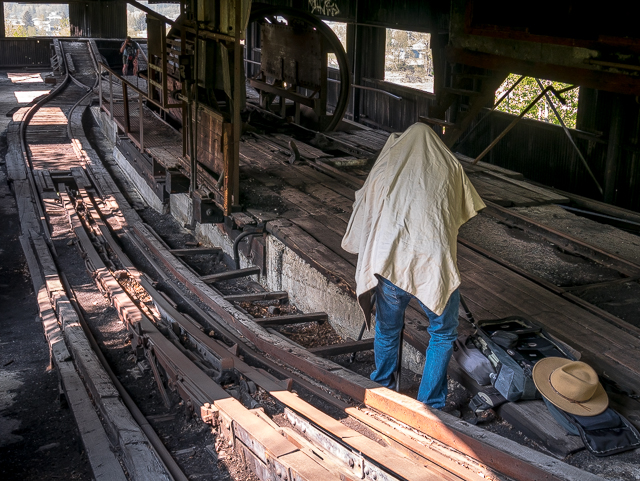
3) Some strange caped person.
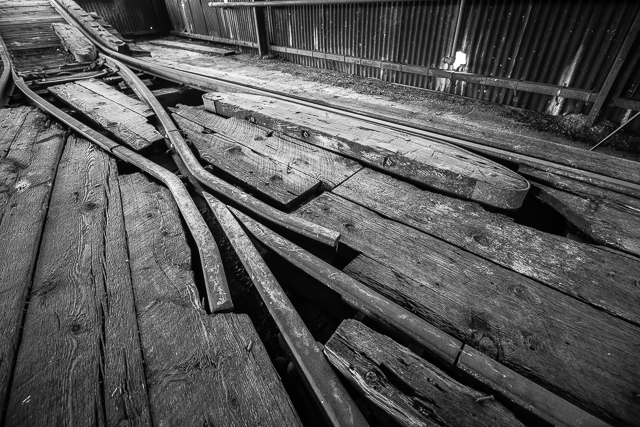
4) Switch details.
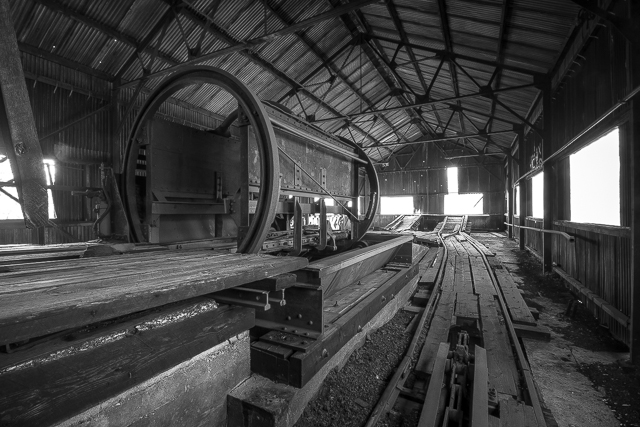
5) The main dumper.
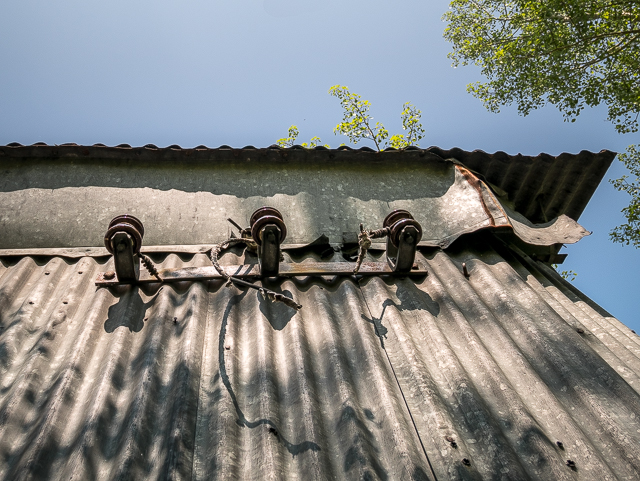
6) Power came into the building here.
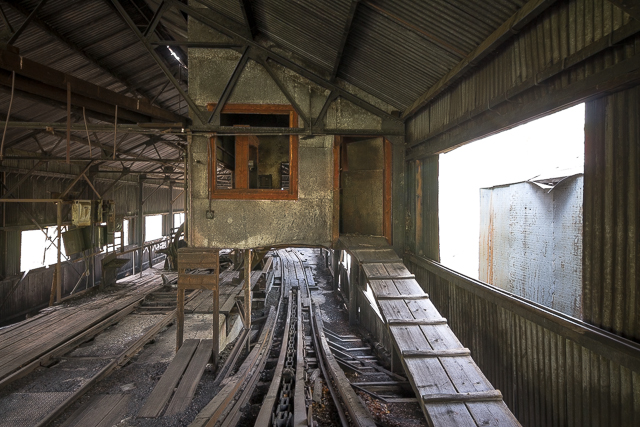
7) The control booth.
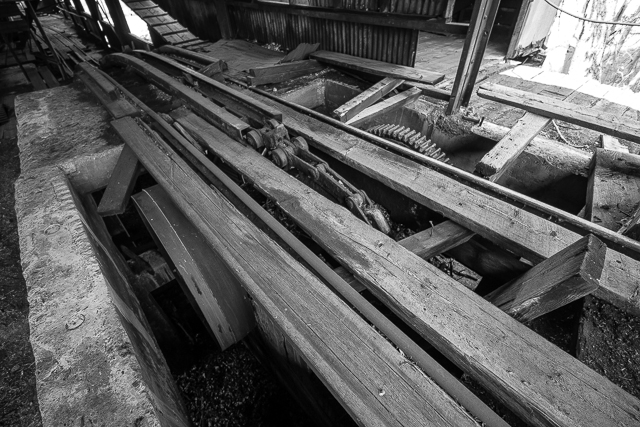
8) At the top of a lift.
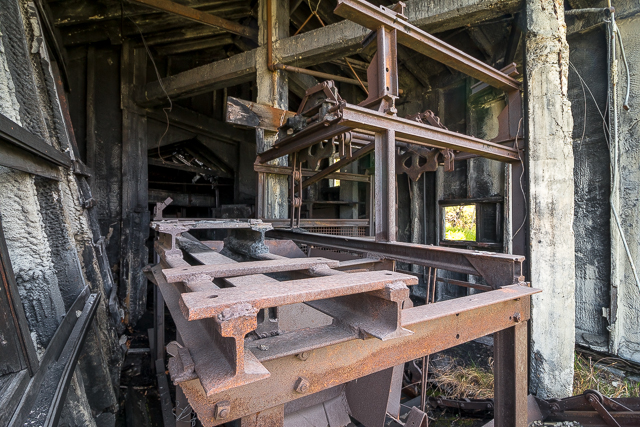
9) Made from what ever was lying around.
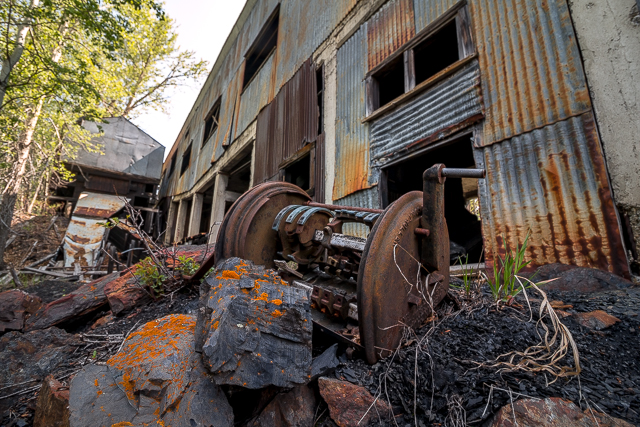
10) The building is plain and utilitarian.
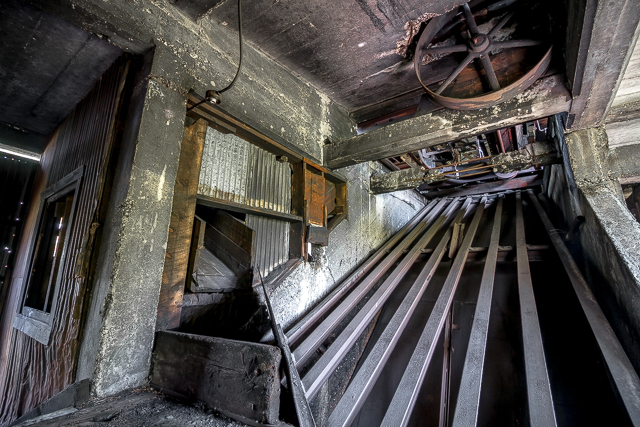
11) Coal fell through this preliminary screener.
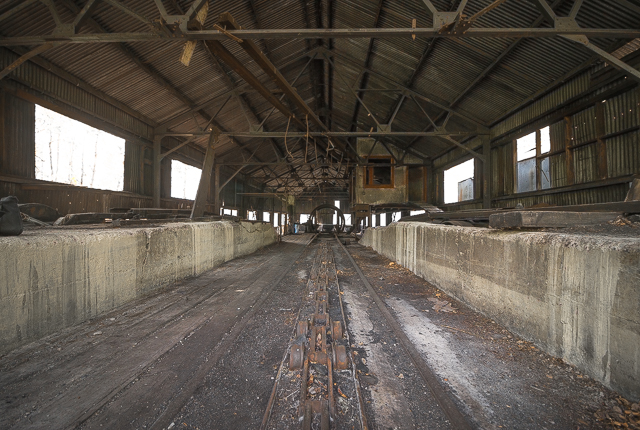
12) Cars were moved via that roller chain.
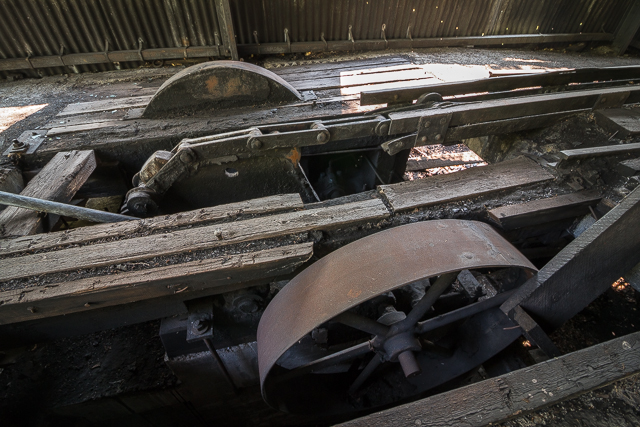
13) Drive machinery.
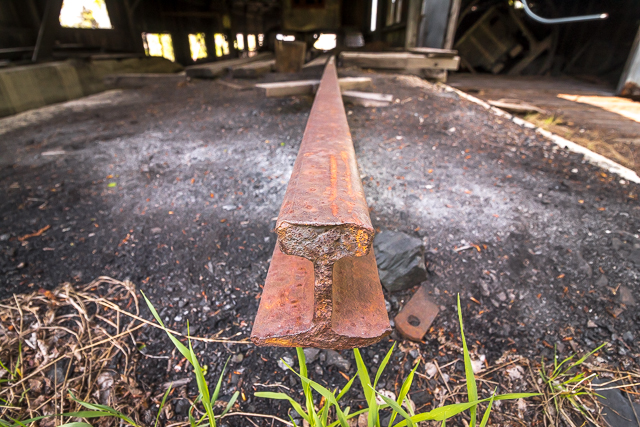
14) This old rail.
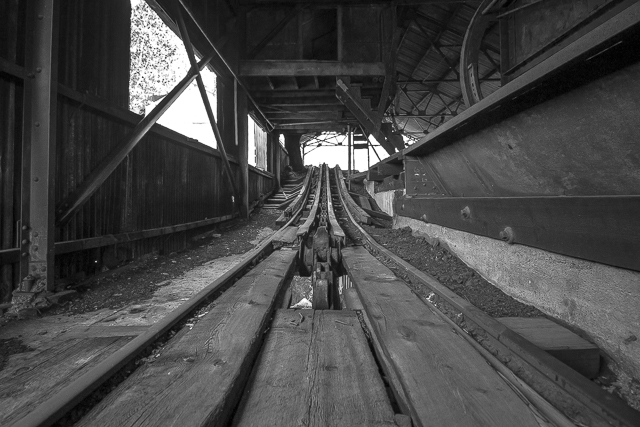
15) Much in common with a roller coaster.
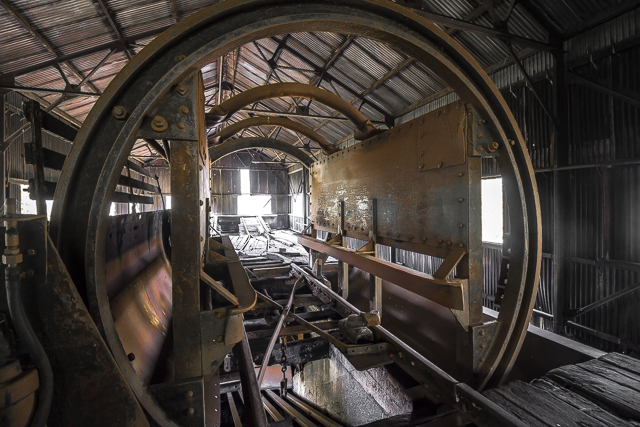
16) Cars would be clamped in & spun upside down.
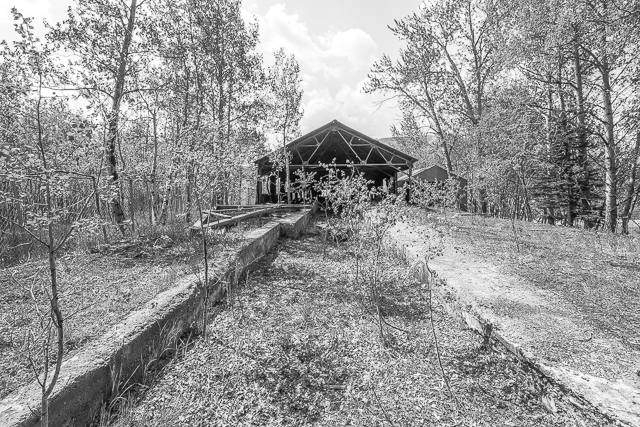
17) The building doesn’t look so big from this angle.
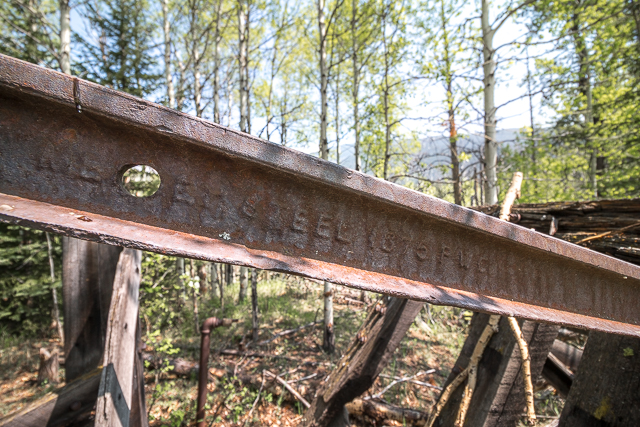
18) The oldest rail we’ve seen.
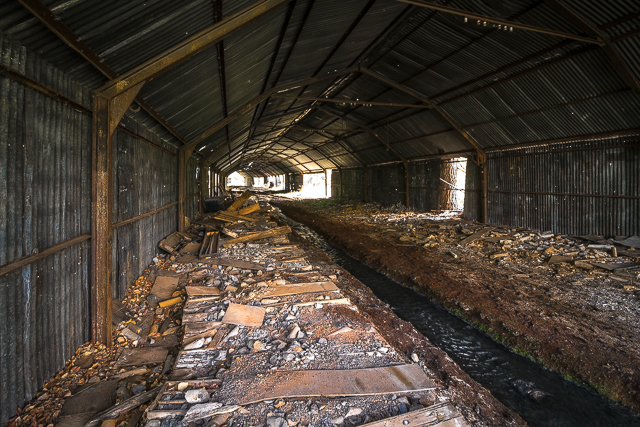
19) Water comes from the old workings.
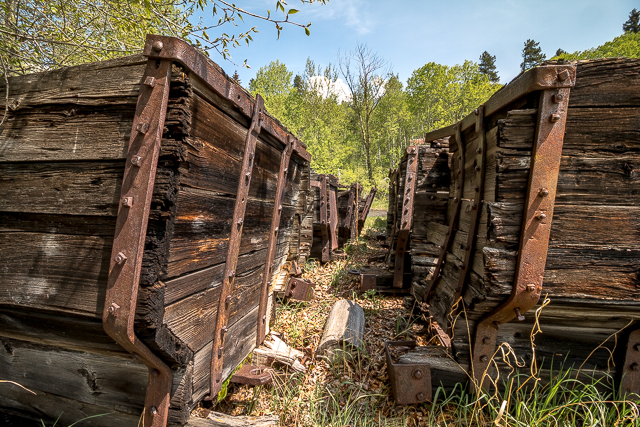
20) Old coal cars scattered about.
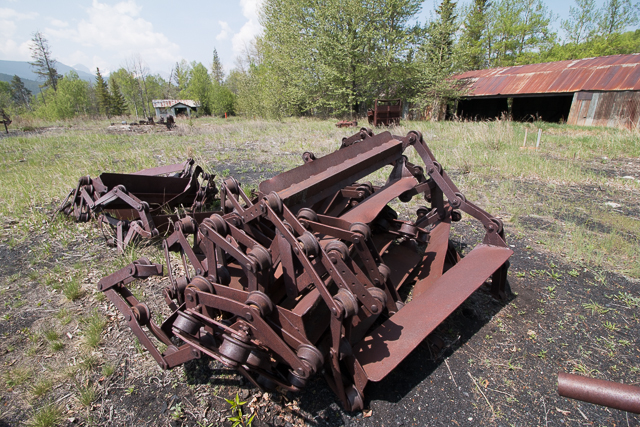
21) Remains of a drag conveyor.
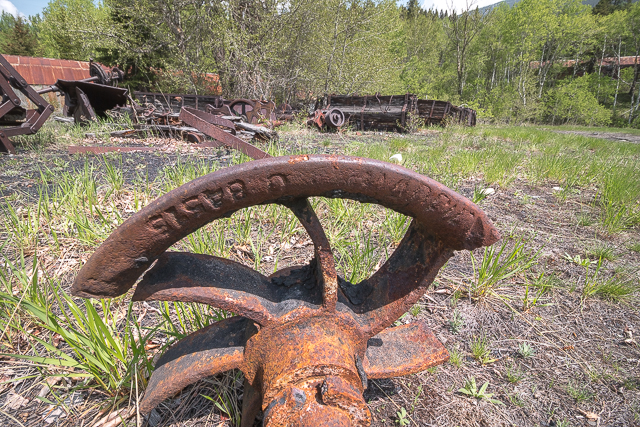
22) It’s a hard life.

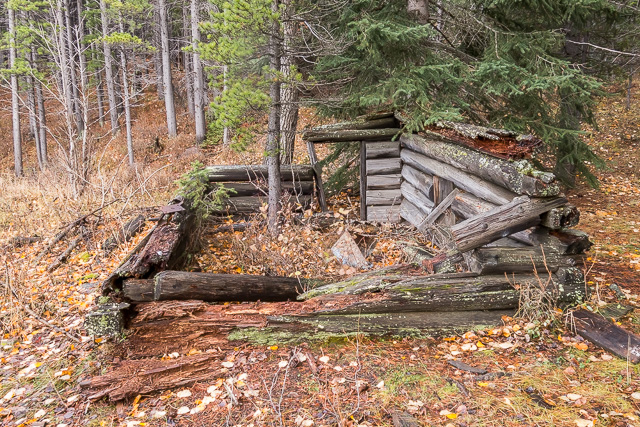
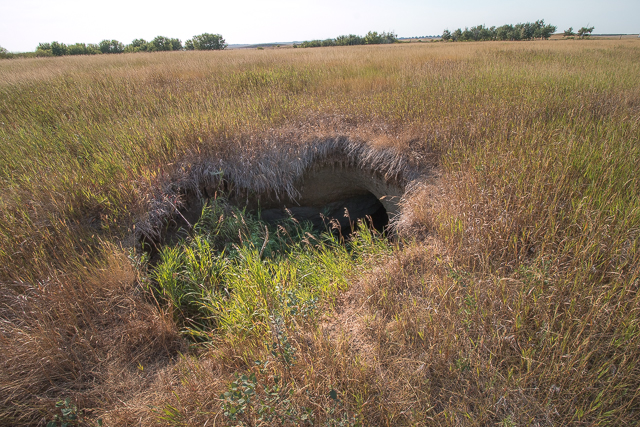
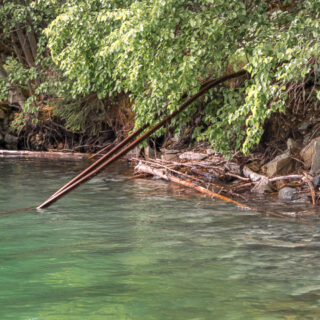
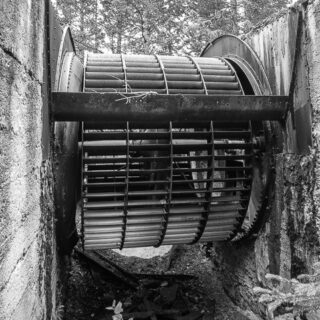
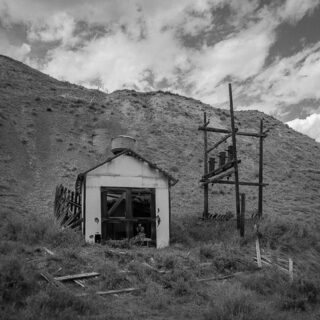
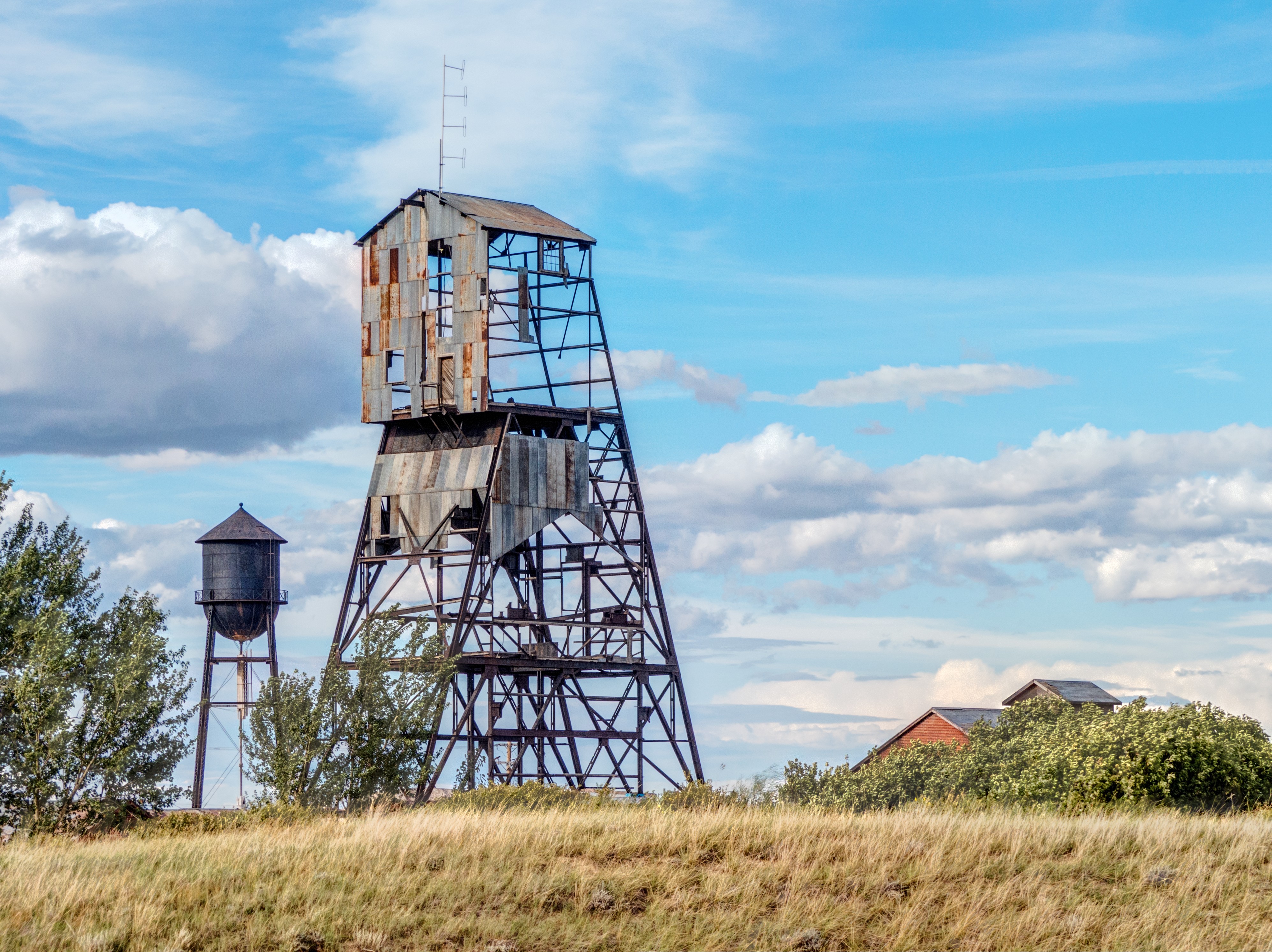
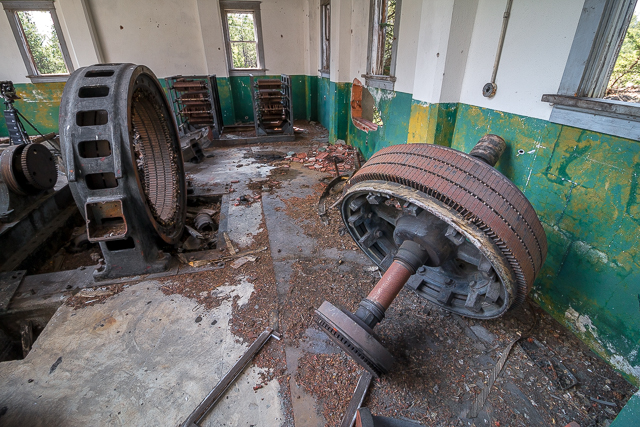
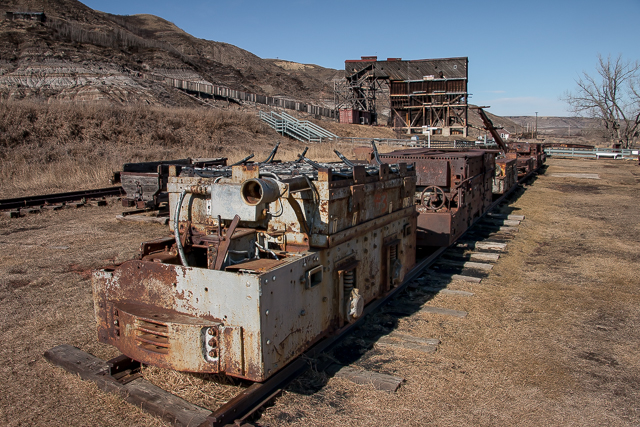
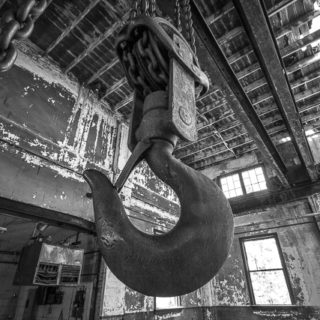
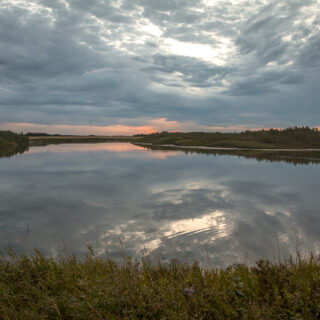
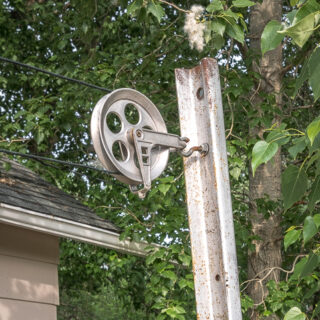
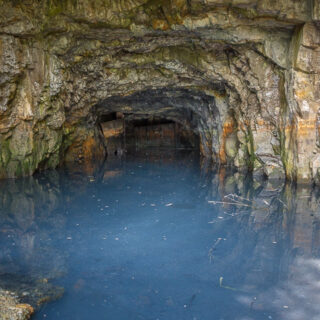







Stop telling me she needs proper shoes. I am her mother. I made a judgement call. I went in first to check and told her where to stand. Please parent your children the way you want to parent them, and I’ll parent mine.
Okay, and what’s this about? Or dare we ask?
Another great article. Thanks & keep ’em coming.
It makes us so happy you enjoyed it. More on the way of course. With the world in lock down all we can do is write.
This is cool!
Said everyone!
My grampa used to work in the Canmore Mines. I know he’d love these photos.
Cool! One coal’s in your blood, it never leaves.
You guys go so many amazing places!
You’ll get no arguments from us.
Cool location!!
I know, like a literal time capsule.
What an incredible place. Rare to see something so old that intact.
You almost expect it come to life. Flick a switch and we’re back in business.
A coal tipple.
This was actually the dumper building. The tipple, where coal was loaded onto rail cars or trucks, was some distance away (and is gone).
Fascinating!
And then some!
Splendid!
Thanks!
This is fantastic!
Glad you like our little corner of the Internet.
Interesting.
Is sure is!
I always learn so much too.
And that makes us proud!
Love spending time here.
That’s so awesome to hear!
Very cool! I love old mine ruins!
Of all the things we cover, old mines are a favourite.
Fascinating!
And then some! It’s so intact, which after that many years it amazing.